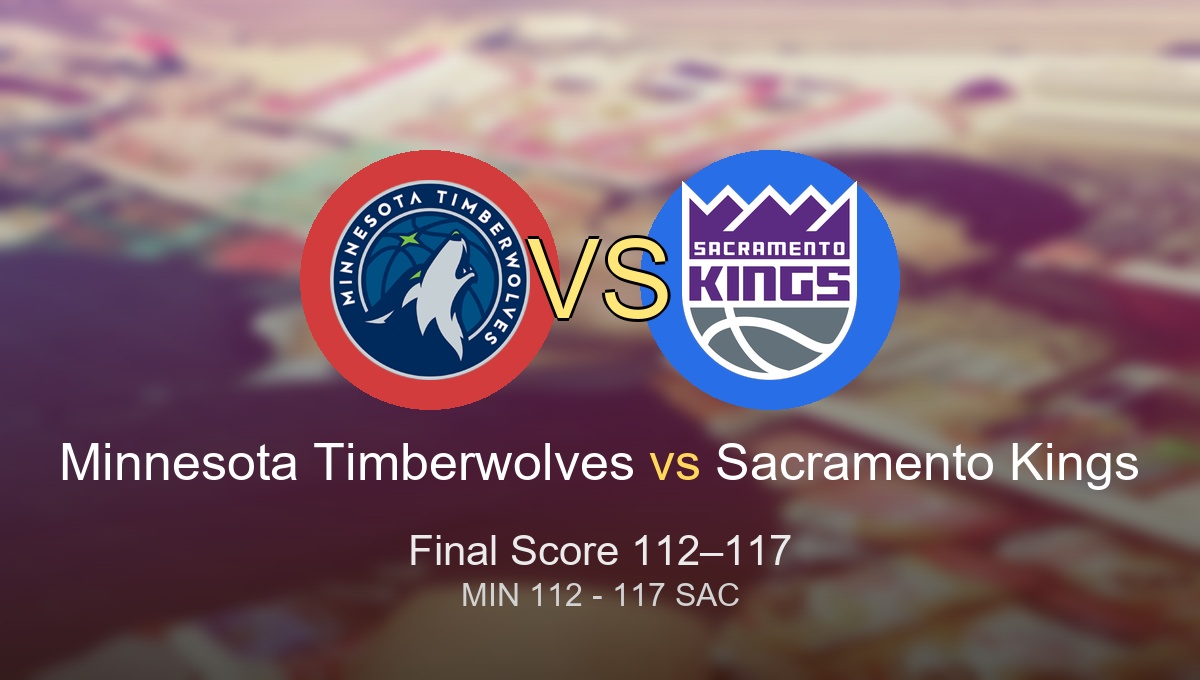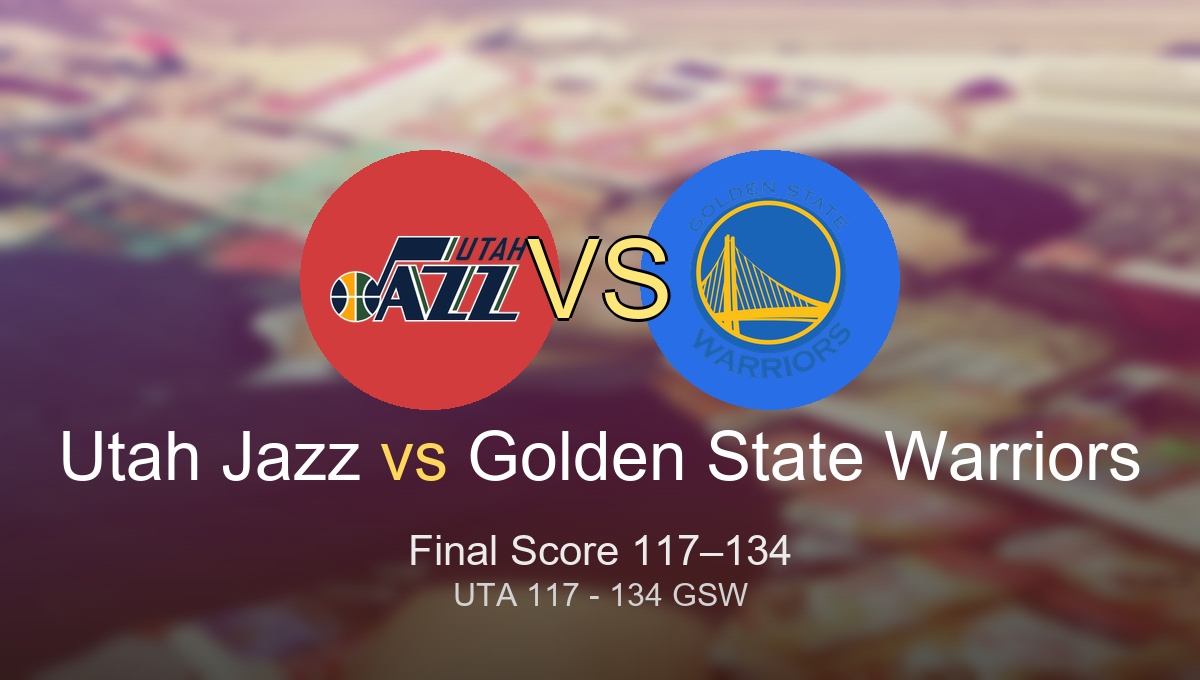
Every spring, the NBA postseason brings tension, drama, and legacies on the line. But as the league has evolved, so has the way teams earn their shot at a championship—and the road through the playoffs can be as unpredictable as any Game 7. For every fan debating dynasties, or for anyone catching the fever for the first time, understanding the NBA playoff format isn’t just about brackets; it’s about the journey, the dreams, and the heartbreak written across generations.
This is the story of how the NBA’s playoff format really works—why it matters, how it got here, and what every fan should know to keep up with the modern postseason. The “NBA playoff format explained” is more than a rulebook; it’s a living record of how legends are made, and how the chase for the Larry O’Brien trophy shapes the league.
Let’s break down the moments (and the structure) that define the wildest months in basketball.
Context: Why This Matters
Ask three basketball fans what matters most in the NBA—raw talent, rings, or changing the game—and you’ll get three different answers (and probably a few shouts across the barbershop). Championships may settle bar arguments, but the path to winning one isn’t just about the X’s and O’s on the floor.
The format of the NBA playoffs is the crucible where legacies form. The difference between a “paper contender” and a champion lies in surviving the marathon: the play-in pressure, the best-of-seven wars, and every twist the rules deliver. The playoff structure can elevate a team of veterans, expose a regular season star, and flip dynasties into upsets that live forever.
In today’s NBA, where the postseason is a legacy-maker, knowing its ins and outs is just as essential as knowing who dropped 50 on a Tuesday in April.
Methodology
This list breaks down the 10 most crucial elements and moments that define how the NBA playoff format works today. The process draws from:
- Official NBA rulebooks and postseason statistics
- In-depth data from NBA.com and Basketball-Reference
- The evolving consensus from analysts, players, and longtime fans
- Weighting factors:
- Championships (rings): 35%
- Consistent postseason impact/longevity: 35%
- Impact on league culture, rules, and storylines: 30%
Authoritative sources include the Naismith Basketball Hall of Fame, league official sites, and in-depth archives from ESPN and The Athletic.
The 10 Defining Elements of the NBA Playoff Format
1. The 2020 Bubble Playoffs and the Birth of the Play-In
August 15, 2020: An arena in Disney World fell silent except for sneakers and shouts. Portland and Memphis played for their playoff lives, in a win-or-go-home “play-in.” It felt nothing like a typical postseason—but after a wild pandemic year, the NBA needed a new path through chaos.
That summer, the league introduced the play-in tournament to replace abruptly ended regular seasons. Suddenly, lower seeds had to fight just to make the bracket. In the years since, the play-in stuck, turning the NBA’s playoff structure into a true gauntlet—and opening the door for Cinderella runs.
Fans and players alike have mixed feelings. “It’s stressful,” said Damian Lillard after that 2020 game. “But it’s fair. It brings the best out when it matters.”
Key facts:
– First play-in: 2020, made permanent in 2021
– Single- or double-elimination, depending on seeding
– Enlarged the postseason field from 8 per conference to (potentially) 10
– Debated by stars and analysts for fairness and excitement
Authoritative sources: Play-In Overview – NBA.com, Basketball-Reference Play-In Results
🧵 On X
https://x.com/search?q=NBA%20play-in%20tournament&src=typed_query
2. The 16-Team Bracket—Surviving Four Rounds
Think back to May 29, 1997. The Jazz and Rockets are slugging through a seven-game Western Conference Final. Here, the depth of the NBA playoffs is brutal. Since the mid-1980s, only the strongest 16 reach the bracket, and only the very best endure three seven-game series before the Finals.
Moving to a 16-team structure locked in a tough, clean bracket: 8 per conference, seeded 1–8 based on records (with the play-in now deciding the last two). Survive four rounds, win it all. It’s the backbone of the modern NBA postseason.
As Shaq once said, “You gotta play the best—every single round. No nights off.”
Key facts:
– 16 teams since 1984
– Conference-based bracket, seeds 1–8
– Best of seven in every round since 2003
Authoritative sources: NBA Postseason History, Basketball-Reference NBA Playoffs
🧵 On X
https://x.com/search?q=NBA%20playoff%20bracket&src=typed_query
3. The Modern Play-In Tournament—Survive the Gauntlet
April 2023: The Miami Heat drop the opening play-in, then storm through Chicago in a do-or-die second game—before going all the way to the NBA Finals as an 8-seed.
Today, the NBA’s play-in means 7, 8, 9, and 10 seeds fight for the final two spots. The 7 and 8 play for the 7th seed; the loser faces the 9-10 winner for 8th. It’s a format that keeps seasons alive late—and seeds chaos for Round 1.
Players often bristle (“You fight all season to get in!”) but it’s electric for fans…and changes the odds for everyone.
Key facts:
– Official since 2021, 7th–10th seeds each conference
– “Double chance” for 7/8, sudden death for 9/10
– Led to historic underdog runs
Authoritative sources: NBA Play-In Explained, ESPN.com Play-In Guide
🧵 On X
https://x.com/search?q=NBA%20play-in%20explained&src=typed_query
4. Seeding and Tiebreakers—Every Game Matters
It’s April 2022. Three teams, tied for the last play-in spot, fight for their playoff lives. In the NBA, where head-to-head battles and minuscule win differentials decide careers, every tiebreaker counts.
The league weights head-to-head record, then division and conference records, then point differential. Seeding has more urgency than ever, with home court (and easier round-one draws) on the line. It’s less random than March Madness, but just as ruthless.
As a Western Conference exec once told ESPN, “You better start the playoffs in December. Every loss counts.”
Key facts:
– Top record = #1 seed each conference
– Tiebreakers: head-to-head, division, conference, point diff.
– Home-court advantage for higher seed
Authoritative sources: NBA Seeding & Tiebreakers, Basketball-Reference Standings
🧵 On X
https://x.com/search?q=NBA%20seeding%20tiebreakers&src=typed_query
5. The Evolution to Universal Best-of-Seven
May 3, 2003. The buzzer sounds and the Suns are out—after only five games in the first round. Fans complain: the short series feels abrupt, and upsets look fluky.
The next year, the NBA moves all rounds to best-of-seven. Now, no team can just “get hot for a week.” Stars—like Duncan, Kobe, and LeBron—face a real test every series. The best survive, and Cinderella upsets are earned, not lucked.
“Winning four of seven,” said Tim Duncan, “proves you’re the better team.”
Key facts:
– First round was best-of-five through 2002
– Since 2003, every round = best-of-seven
– Statistically favors deeper, more experienced teams
Authoritative sources: NBA Playoff Series Results, NBA.com Playoff Format Changes
🧵 On X
https://x.com/search?q=NBA%20playoff%20best%20of%20seven&src=typed_query
6. Home Court Advantage—From the Boston Garden to Miami Heat Whiteouts
June 8, 2014: The Miami crowd is shaking as the Heat close out the Pacers in Game 7. Home court can feel like destiny—except when teams with ice-cold nerves walk in and snatch the series.
NBA playoff format gives higher seeds four of seven games at home. The Finals have shifted formats over the decades, but the core idea stands: win more regular season games, and your fans can swing the outcome.
A veteran NBA coach once said, “Game 7 at home is what gets you through months of grind.”
Key facts:
– Higher seed: hosts Games 1, 2, 5, 7
– 2-2-1-1-1 format (since 2014 Finals)
– Home court historically confers real edge—except in epic upsets
Authoritative sources: NBA Playoff Home Court Rules, Basketball-Reference Home/Away Splits
🧵 On X
https://x.com/search?q=NBA%20playoff%20home%20court&src=typed_query
7. Conference Split—Why East vs. West Still Rules
Game 7, 2016 Finals: LeBron brings a ring to Cleveland, and the entire conference narrative shifts. Since the league expanded in the 1970s, teams have fought their own wars in the East and West, meeting only at the end.
The NBA has long resisted pure “best 16 teams” seeding, sticking with conference splits for tradition, rivalries, and cross-country travel. That means would-be Finals showdowns sometimes come a round early, but legends are made representing their side.
As Chris Paul joked, “The East is a different jungle.”
Key facts:
– 8 East, 8 West since 1984
– Conference finals decide Finals matchups
– Occasional calls for “1–16” seeding, but tradition holds
Authoritative sources: NBA Conference Structure, Wikipedia: NBA Playoffs
🧵 On X
https://x.com/search?q=NBA%20conference%20playoffs&src=typed_query
8. Upsets and Cinderella Runs—When the Format Delivers Drama
May 5, 2007. The eighth-seed Warriors, behind Baron Davis, shock the 67-win Mavericks—the “We Believe” run etched into playoff lore. Sometimes the format’s depth lets underdogs catch momentum, especially with the play-in giving more teams hope.
The combination of best-of-seven and the new tournament gives just enough chance that, rarely, magic happens. Miami in 2023, Atlanta in 2021, New York in 1999—if you survive the gauntlet, you get your day.
An anonymous fan said on X: “This is why I watch basketball. Craziness is possible.”
Key facts:
– Eighth seeds have reached Finals twice (1999 Knicks, 2023 Heat)
– Play-in increases upset potential
– NBA upsets rarer than NCAA—but legendary when they happen
Authoritative sources: ESPN NBA Playoff Upsets, Basketball-Reference NBA Upsets
🧵 On X
https://x.com/search?q=NBA%20playoff%20upsets&src=typed_query
9. The NBA Finals—Winner Takes All
June 19, 2016. Kyrie Irving rises and buries a three over Steph Curry. The city of Cleveland explodes. It’s the crescendo: two teams, seven games, one banner.
The NBA Finals haven’t always looked the same. The format shifted (2-3-2 to 2-2-1-1-1), but the stakes never waver. The best survive the conference grind to reach a global stage—every game watched by millions, every twist living forever.
“Being there,” said LeBron James, “is what you dream of. Everything you ever worked for.”
Key facts:
– NBA Finals since 1947
– 2-2-1-1-1 format since 2014
– MVP, legacy, and millions in viewership
Authoritative sources: NBA Finals History, Basketball-Reference NBA Finals
🧵 On X
https://x.com/search?q=NBA%20Finals%20highlights&src=typed_query
10. Changing Rules, Changing Dynasties
June 1995. The Houston Rockets, a No. 6 seed, sweep Shaq’s Magic to repeat as champs—and fans wonder: will the NBA tweak the format again? Over decades, rules have shifted to reward consistency, innovation, and drama. The expansion to 16 teams, the best-of-seven series, and now the play-in—each change brought new dynasties (and new surprises).
The “NBA playoff format explained” is still being written. As load management, league expansion, and fan demand evolve, don’t be shocked if more tweaks are coming.
As Adam Silver recently hinted, “We want the season and playoffs to stay compelling for everyone.”
Key facts:
– Major format changes: 1975 (12 teams), 1984 (16 teams), 2003 (all best-of-seven), 2021 (play-in permanent)
– Changes shaped dynasties and created opportunities for new ones
– Future: possible further expansion, in-season tournaments, or seeding shifts
Authoritative sources: NBA.com Rules and History, ESPN: Future Playoff Formats
🧵 On X
https://x.com/search?q=NBA%20playoff%20format%20changes&src=typed_query
Where the Playoff Road Goes Next
The NBA playoff format explained here is a map of how the league, over decades, has engineered the storylines fans love most: epic comebacks, underdog runs, and dynastic dominance. But it’s not static. Every rule shift sends ripples—new debates, strategic wrinkles, and room for another team to shock the basketball world.
What happens if expansion brings new teams? How will global fans and gambling shape the postseason? Already, younger stars are forging paths through the play-in, and front offices are building to survive marathon best-of-seven battles. The road only gets wilder from here.
In the end, understanding the NBA playoff format is more than reading the bracket. It’s seeing how legacies are built, and why, win or lose, every postseason is a new story waiting to be told.



